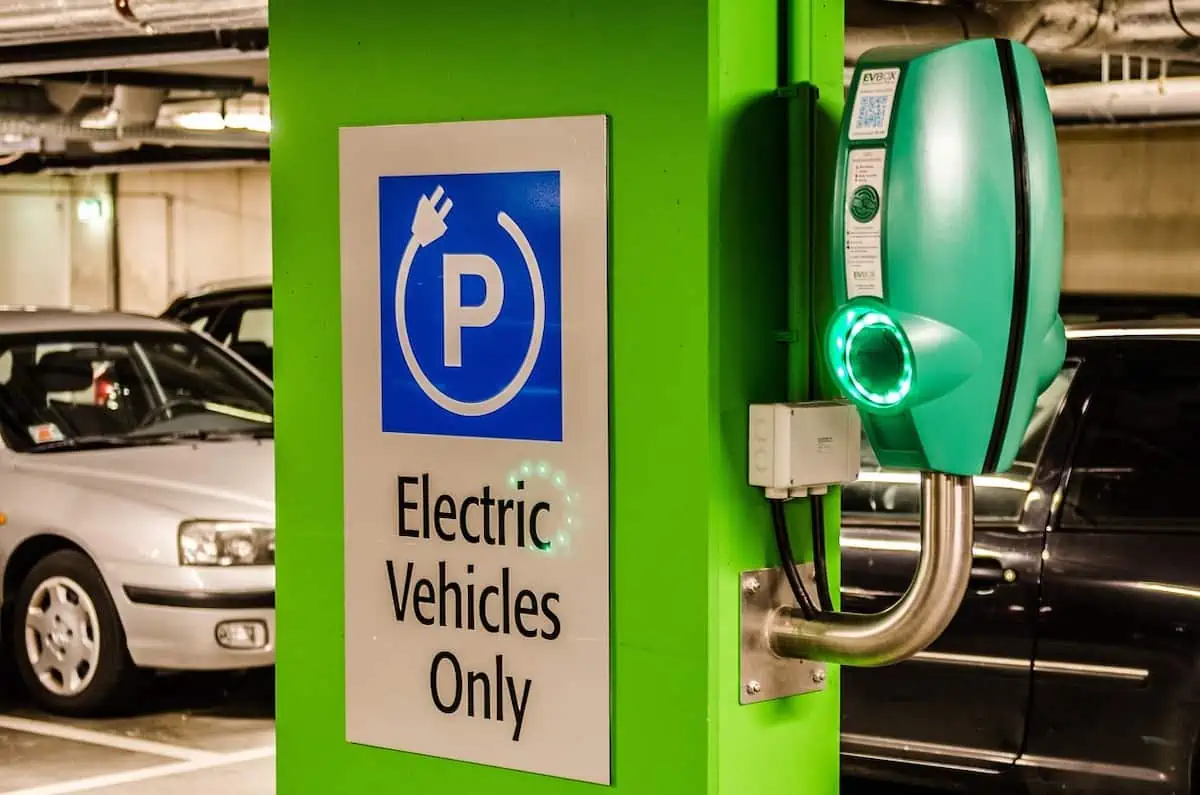As dawn breaks over California’s bustling Port of West Sacramento, a distinctive hum fills the air. It’s not the typical roar of diesel engines, but the smooth, electric purr of a fleet of electric forklifts, dutifully transporting their cargo off ships with a markedly reduced carbon footprint.
This is the future as envisioned by stringent green transportation mandates such as those recently implemented in California. These mandates, whilst widely celebrated by environmental advocates, have raised numerous questions concerning their impact on supply chains.
The ripple effects will undoubtedly reverberate across industries, obligating businesses to adapt to new realities and seek innovative solutions.
This article will delve into the profound implications of green transportation mandates on supply chains, underscoring the challenges and opportunities that lie ahead.
Green Transportation Mandates Sweep the Nation
In California, the US state pushing hardest for green transportation, the green transportation mandates constitute a sweeping set of regulations designed to reduce carbon emissions from transportation, which is currently the biggest source of greenhouse gasses in the state.
Central to these is an ambitious target set by the California Air Resource Board (CARB) requiring manufacturers to increase the proportion of zero-emission trucks and vans they sell to 55% by 2035, and 100% by 2045 for large trucks. Additionally, the Innovative Clean Transit rule mandates all new buses be zero-emission by 2029, and all buses to be zero-emission by 2040.
These initiatives are part of a broader strategy to achieve complete carbon neutrality in the state by 2045, setting a precedent for other jurisdictions to follow.
While California is often at the forefront of environmental initiatives, it’s not the only place with ambitious green transit mandates. European nations are also taking aggressive steps towards green transportation.
The United Kingdom, for instance, has pledged to ban the sale of new petrol and diesel cars by 2030, a full decade earlier than its original plan. In addition, many cities across Europe, such as Paris, Madrid, Athens, and Rome, have committed to removing diesel vehicles from their centers by 2025.
Across the Pacific, China is also investing heavily in electric transportation, aiming for electric vehicles to account for 40% of total new car sales by 2030. These global initiatives further illustrate the universal shift towards green transportation and its impending impact on worldwide supply chains.
Implications of Green Transportation Mandates on Supply Chains
The impact of these green transportation mandates on supply chains is multifaceted and significant. To start, the switch to electric vehicles (EVs) will necessitate a considerable shakeup in the automotive supply chain.
Traditional internal combustion engine vehicles require many more parts than their electric counterparts, meaning that a shift towards EVs could lead to a reduced need for certain components, potentially disrupting industries that supply these parts.
Next, there’s the question of the electricity needed to power these vehicles. The demand for electricity will likely surge, putting pressure on electricity grids around the world. This will necessitate significant investments in infrastructure, leading to a boom in related supply chains such as those related to renewable energy, battery storage, and smart grid technologies.
The move towards green transportation will also necessitate changes in the logistics sector. For example, trucking companies will need to factor in the location and availability of charging stations into their routes. This could influence decisions regarding warehousing and distribution centers, in turn affecting real estate markets.
On the flip side, the move towards EVs also poses some risks. For example, there could be supply chain vulnerabilities around key materials needed for electric vehicle batteries, such as lithium, cobalt, and nickel. Geopolitical issues or trade restrictions could lead to supply disruptions for these critical materials.
Lastly, these green transportation mandates could lead to increased costs, at least in the short term. Companies will need to invest in new equipment, such as electric trucks, forklifts, and buses, and charging infrastructure. While these costs are likely to decrease as technology improves and economies of scale are realized, they could still pose a significant hurdle for some companies, particularly small and medium-sized enterprises.
Luckily, many governments are creating incentives and rebate programs in tandem with green transportation regulations to help companies offset the cost of going green. For example, California’s Low Carbon Fuel Standard (LCFS) offers funding for businesses that make the switch to electric vehicles.
The program not only offers financial incentives to businesses that transition to electric vehicles, but places a penalty on fuel production companies who do not lower the carbon intensity of their fuels.
In conclusion, while green transportation mandates are crucial for reducing the environmental impact of our transportation systems, their implications for supply chains are complex and far-reaching.
Companies will need to be strategic and proactive in navigating these changes, taking steps now to prepare for a more sustainable, but also very different, future.
Article and permission to publish here provided by David Evans. Originally written for Supply Chain Game Changer and published on September 8, 2023.
Cover image by Stan Petersen from Pixabay

